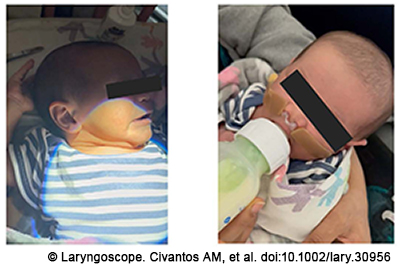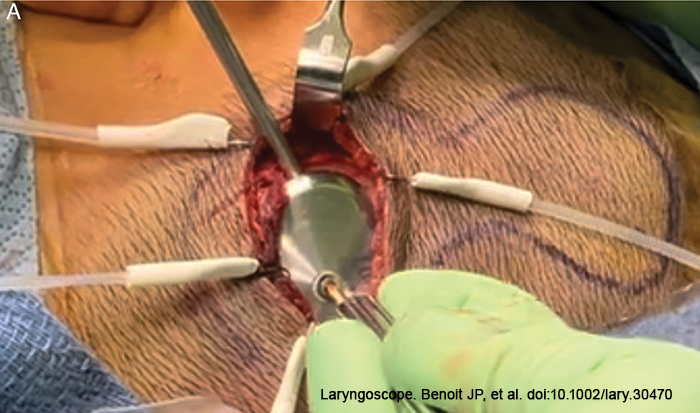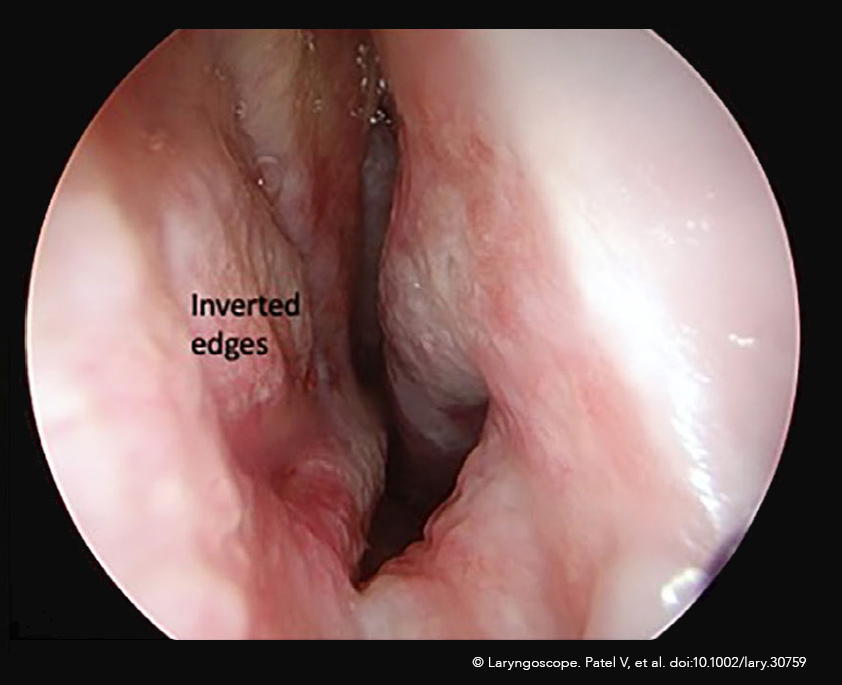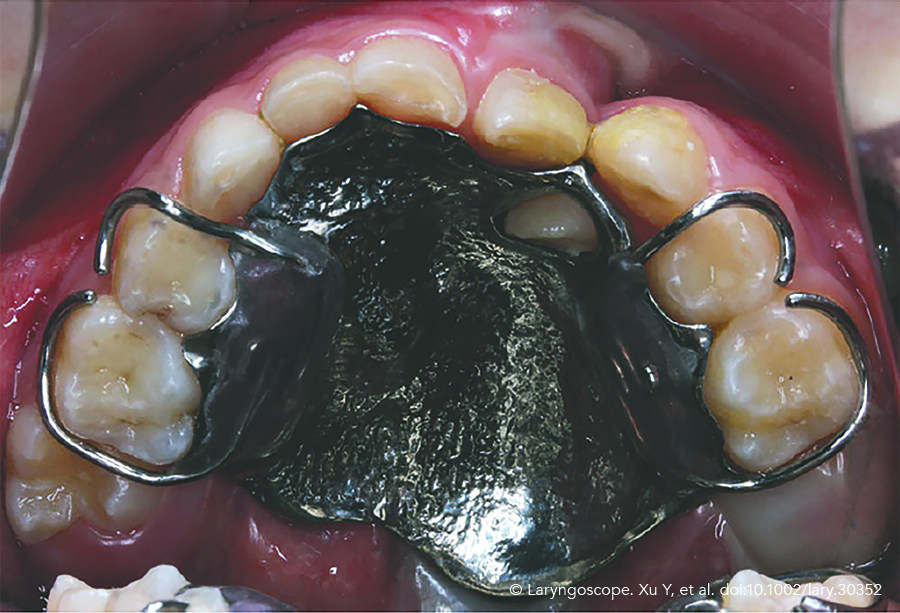Laryngeal reinnervation should be offered to all patients independent of patient age or duration of denervation, as it can improve voice and swallowing. Long-term denervation, however, may result in a smaller degree of improvement.


Laryngeal reinnervation should be offered to all patients independent of patient age or duration of denervation, as it can improve voice and swallowing. Long-term denervation, however, may result in a smaller degree of improvement.
Compared with all other patients, extremely premature infants have equivalent decannulation success but are at an increased risk for complications following LTR.

This conservative technique for treating nasal septal deformity in a newborn with a nostril retainer allows preservation of the medial wall of the maxillary sinus with consistent benefits in terms of postoperative morbidity.

Adjuvant therapy may have a limited role in select patients with advanced JNAs to achieve acceptable outcomes while minimizing serious morbidity and mortality.

Minimally invasive OSIA 2 System reduces the risk of signal attenuation and skin complications, which were limitations of previous percutaneous and older transcutaneous devices.

In April 2023, we listed a variety of topics at the 2023 Combined Otolaryngology Spring Meetings (COSM) in Boston that had piqued the interest of ENTtoday’s physician editor Robin W. Lindsay, MD. This time, we’ve taken a closer look and highlighted some of the topics chosen.

Genetic testing should be considered when the most common nongenetic causes (congenital cytomegalovirus, negative imaging for structural inner ear, or cochlear nerve abnormality) are ruled out as subtle phenotypic manifestations of syndromic hearing loss.

Adoption of the ICG-endoscopic technique has decreased operative times, improved surgeon ergonomics, increased confidence in preserving neurovascular anatomy, and increased resident participation given superior visualization projected onto a 4K screen.

Rapid additive manufacturing of a superlight obturator for large oronasal fistula in pediatric patients are considered more comfortable, more cost-effective, and precise than conventional impression techniques
Experts reached consensus on a checklist of the most critical components of a surgeon’s operative notes following pediatric microlaryngoscopy and bronchoscopy.